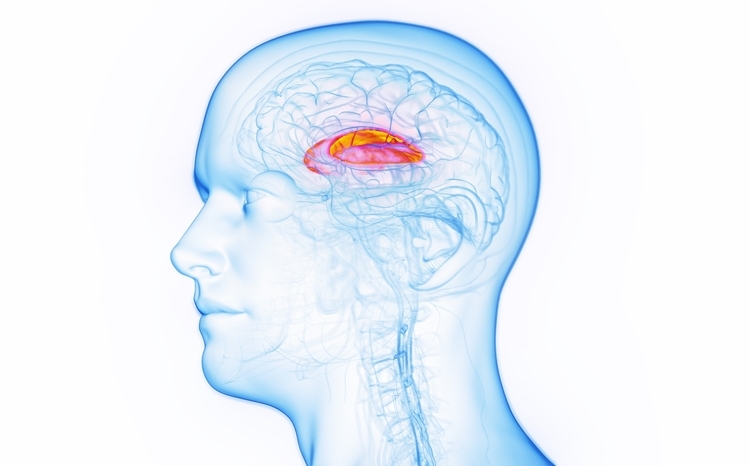NICE publishes standards to help improve NHS technology uptake
- 13 December 2018

Requirements for developing digital health technologies for the NHS have been published by the National Institute for Health and Care Excellence (NICE).
The public body has created a set of standards to help developers and investors understand what evidence is required to introduce their product for use in the NHS.
Working collaboratively, NHS England, NICE, NHS Digital, MedCity, Public Health England and DigitalHealth.London have been engaging with industry, commissioners and innovators to understand what is required for health technology to thrive in the UK.
The standards have been developed to support digital health technology development and provide guidance on what evidence is needed when innovators present their products to NHS commissioners.
Dr Indra Joshi, digital programme clinical lead at NHS England, said: “Harnessing new digital technologies could help the NHS provide better care for patients and empower them to take more control of their own health and care.
“The NHS needs to be sure any new digital tools are backed by appropriate evidence and these new standards, developed in partnership with NHS bodies, industry and academia, will be the start of that dialogue of defining what “good” looks like in digital health technologies.”
Split into two, the new standards address both clinical and economic impacts and what evidence is needed to develop a case for use in the NHS.
It also features guidance for commissioners so they know what information to ask for from technology developers, and understand what to expect in return.
The aim is to help those in the health and care system identify which products show promise, which ones need further development and which are unsuitable.
The evidence required is measured against the risk of a new technology; this ranges between a scale of 1 and 3b, the latter being the highest risk category.
Lower categories focus on apps that provide information and advice on healthy lifestyles or collect information for personal health diaries.
Higher categories can include technologies that perform clinical calculations or use data to diagnose a condition to inform decisions made by healthcare professionals.
Alexia Tonnel, NICE evidence resources director, said: “The new standards will make it easier for innovators and service commissioners to understand what a good level of evidence for new digital products looks like.
“This will enhance understanding between innovators and healthcare commissioners; supporting the way in which promising, value driven technologies are introduced into the NHS for the benefit of clinicians and patients.”





3 Comments
Surely a typo when it says on page 5:
The evidence tiers are cumulative. This means that a DHT must meet all the standards in the previous tier(s), as well as its own tier. For example, a DHT in tier 3a must meet the standards for tier 1, tier 2 and tier 3a. A DHT in tier 3b must meet the standards for tier 1, tier 2 and tier 3b. When the contextual questions identify a specific risk, the best practice standard applies in all tiers.
This should mean A DHT in tier 3b must meet the standards for tier 1, tier 2, tier 3a and tier 3b. i.e. tier 3a and 3b …?
Not exactly a set of standards for developers, more a guideline to submitting a sales pitch. Perhaps they should use terms like ‘requirements’ or ‘criteria’ rather than standards as I found no BSI, ISO, OMD, HL7 SNOMED, Etc….
Still nice font, and will they be able to use “NICE” after we leave Europe?
2 questions:
1. Has anyone read this – I have speed read it
2. Does anyone know what it says?
Comments are closed.